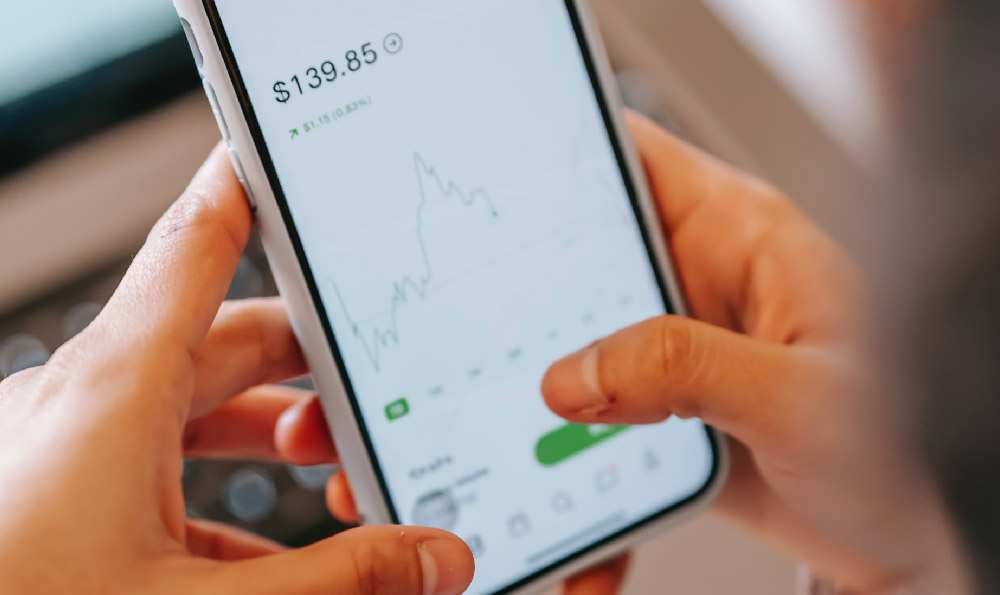how to make money with app development

App development has become one of the most dynamic avenues for generating revenue, blending creativity, technology, and business acumen. Unlike traditional investing methods, it offers a tangible product with potential for both short-term gains and long-term growth. The key lies in identifying scalable opportunities, strategically designing monetization models, and leveraging digital ecosystems to maximize returns. Whether through in-app purchases, subscription services, or advertising, the success of an app hinges on its ability to solve real-world problems and create value for users.
The journey begins with ideation, a process that requires deep market research and a keen understanding of user pain points. While many aspire to create the next viral app, the foundation of profitability lies in solving a specific need rather than chasing trends. Validating an idea through surveys, focus groups, or competitor analysis ensures that the solution is both viable and competitive. For instance, the rise of productivity apps like Notion or Forest coincided with a global shift toward remote work, proving that timing aligns with demand. By identifying such intersections, developers can position their apps for success.
Building a viable app involves more than coding; it demands a balance between functionality and monetization. A common pitfall is prioritizing features over revenue strategies, which can lead to unsustainable business models. Successful developers often adopt flexible monetization approaches, such as a freemium model, where basic features are free but advanced functionalities or content require payment. This strategy allows users to experience the app's value before committing to a purchase, increasing the likelihood of retention. Meanwhile, targeted advertising can generate income without disrupting user experience, as seen with apps like Instagram or TikTok, which monetize through ads while maintaining engagement.

Scalability is a critical factor in determining long-term profitability. An app with a niche audience might generate modest returns, but those that can expand their user base sustainably offer greater potential. This requires a mindset focused on growth rather than short-term downloads. For example, the app Duolingo leveraged the freemium model combined with gamification, allowing it to grow organically while maintaining a steady revenue stream. Similarly, apps that incorporate social sharing features, such as Snapchat or Pinterest, benefit from viral growth, reducing the need for expensive marketing. By designing apps with scalability in mind, developers can ensure financial viability even as market demands evolve.
Monetization strategies also need to align with user behavior and preferences. Subscription-based models, for instance, thrive on recurring revenue, making them ideal for apps that provide ongoing value. Platforms like Spotify and Netflix demonstrated the power of this approach by turning occasional users into monthly subscribers. In-app purchases, on the other hand, work best for apps with premium content or features, such as game apps offering virtual goods or fitness apps providing specialized workout plans. It’s essential to analyze the target audience’s willingness to pay, adjusting pricing tiers and product offerings accordingly. For example, a mobile game targeting younger demographics might use microtransactions, while a professional tool might adopt a tiered subscription model.
Promotion and user acquisition strategies play a pivotal role in an app’s financial success. While many developers focus on the app itself, the effort needed to attract and retain users is equally important. Organic growth through app store optimization, social media marketing, and influencer partnerships can reduce reliance on paid advertising. For example, apps that integrate cross-promotion with complementary products, such as a fitness app promoting a related nutrition tracker, often see improved user acquisition and retention. Additionally, leveraging data analytics to understand user behavior helps in refining marketing strategies, ensuring that resources are allocated to the most effective channels.
The role of artificial intelligence and automation in app development is reshaping how developers approach monetization. AI-driven tools can analyze user preferences, predict trends, and optimize pricing models in real time, allowing for more precise financial strategies. For instance, apps using machine learning algorithms to personalize content or recommendations often see increased user engagement and higher conversion rates. Automation in app updates and maintenance ensures consistency, which is crucial for building trust and sustaining revenue.
Ultimately, making money through app development requires a blend of strategic planning, user-centric design, and adaptability to market changes. The potential for high returns exists, but it’s balanced by the challenges of competition, user retention, and financial management. By focusing on delivering exceptional value, optimizing monetization models, and leveraging digital ecosystems, developers can transform their creations into profitable ventures. The key lies in viewing app development not merely as a technical challenge but as a dynamic investment opportunity with growth potential.














